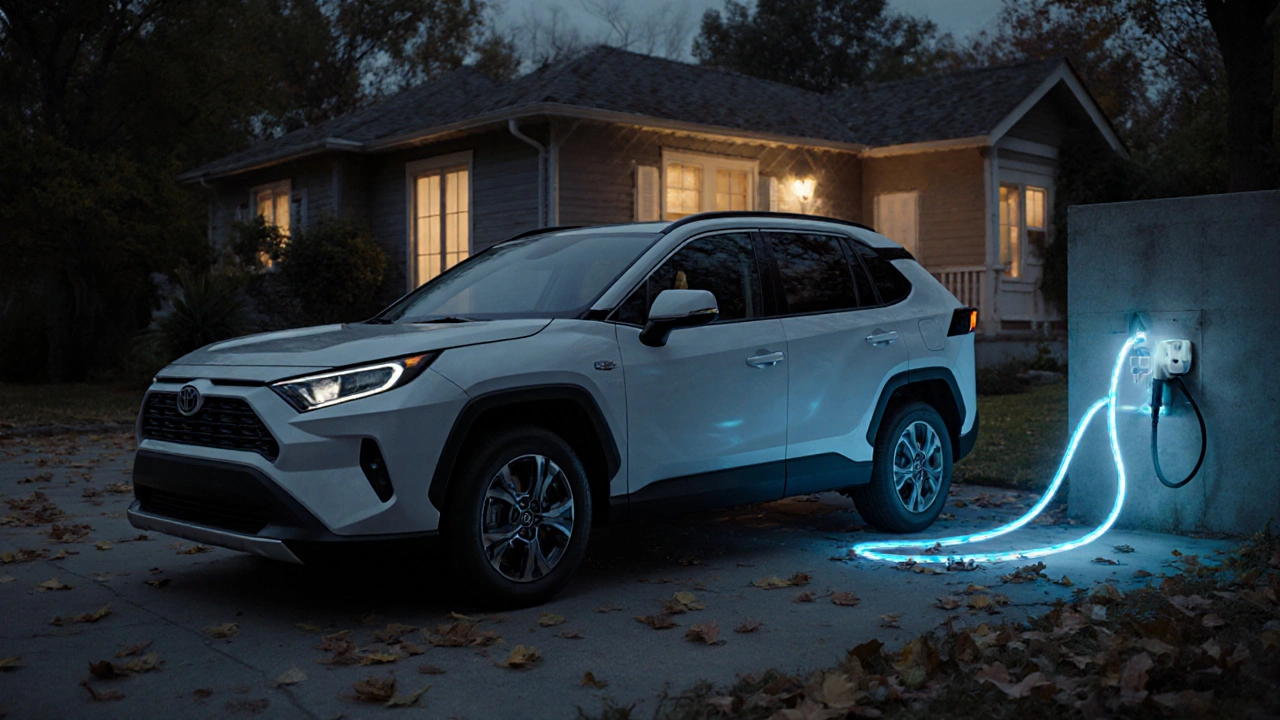When you hear PHEV, a plug-in hybrid electric vehicle that runs on electricity first, then switches to gas when the battery runs low. Also known as plug-in hybrid, it gives you the quiet, zero-emission drive of an electric car for short trips, and the long-range freedom of gasoline for road trips. Unlike regular hybrids that recharge their batteries while driving, PHEVs let you plug them in—like a smartphone—to fill up on electricity. That means you can commute to work on pure electric power, then hit the highway without worrying about running out of juice.
PHEVs are built for people who want to cut fuel costs but aren’t ready to go all-electric. They’re perfect if you drive under 30 miles a day—you might never use gas at all. But if you take weekend trips or live somewhere without easy charging, the gas engine kicks in like a backup generator. In 2018, models like the PHEV versions of the Toyota Prius Prime, Chrysler Pacifica Hybrid, and Mitsubishi Outlander PHEV showed how far the tech had come. These cars didn’t just add a battery to a regular engine—they redesigned the whole system for smarter power use. Some offered over 20 miles of electric-only range, which was a big jump from earlier hybrids. And unlike full EVs, you didn’t need to plan your life around charging stations.
What makes PHEVs different isn’t just the plug. It’s how they balance power. The electric motor handles low-speed driving, city traffic, and stop-and-go. The gas engine only joins when you need more power—like merging onto a highway or climbing a steep hill. This means less wear on the engine, fewer oil changes, and lower emissions overall. Many 2018 PHEVs also came with regenerative braking, which turns your brakes into a way to recharge the battery. That’s why drivers often report getting 80+ miles per gallon in mixed driving.
But PHEVs aren’t for everyone. If you live in a place with no home charging, you’re stuck relying on gas most of the time—and then you’re paying more upfront for a car that doesn’t deliver its full benefit. And while tax credits helped in 2018, they’ve changed since then. Still, for those who could plug in, PHEVs offered the best of both worlds: electric smoothness and gas reliability. The models from that year were built to last, with solid warranties and proven reliability. Whether you were hauling kids, towing a small trailer, or just trying to save on gas, a 2018 PHEV gave you real savings without the range anxiety of a full EV.
Below, you’ll find real-world reviews, maintenance tips, and comparisons of 2018 PHEV models that actually delivered on their promises. No fluff. Just what worked, what didn’t, and what you need to know if you’re thinking about buying one today.
Posted by
Liana Harrow
14 Comments

Plug-in hybrids (PHEVs) combine electric driving with a gas engine, cutting fuel costs and emissions. Perfect for daily commutes with occasional long trips, they offer flexibility without range anxiety.
read more